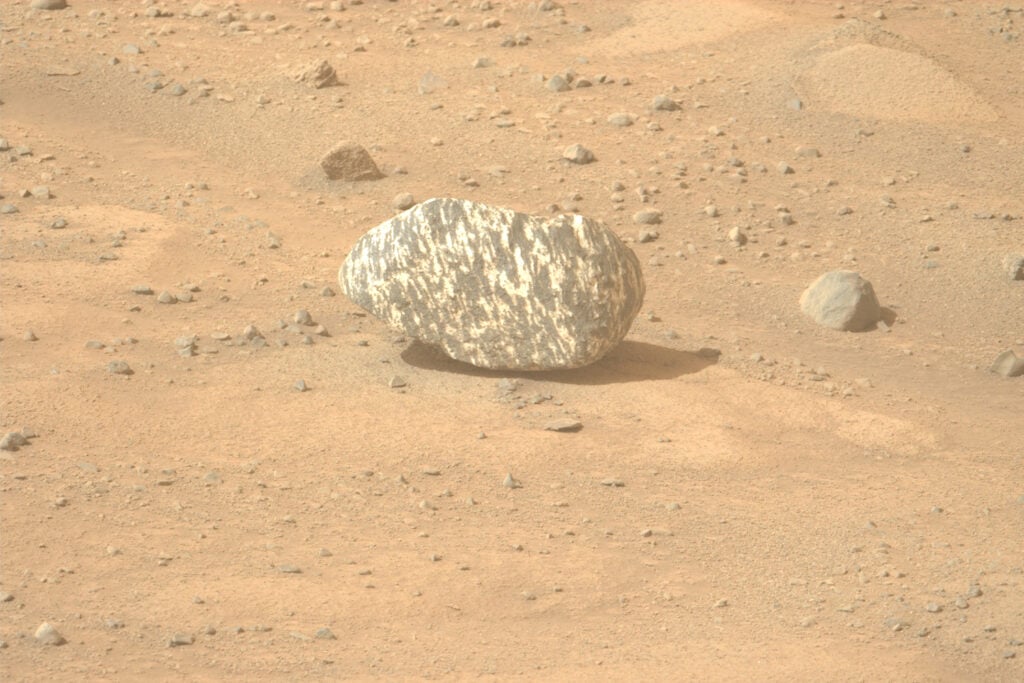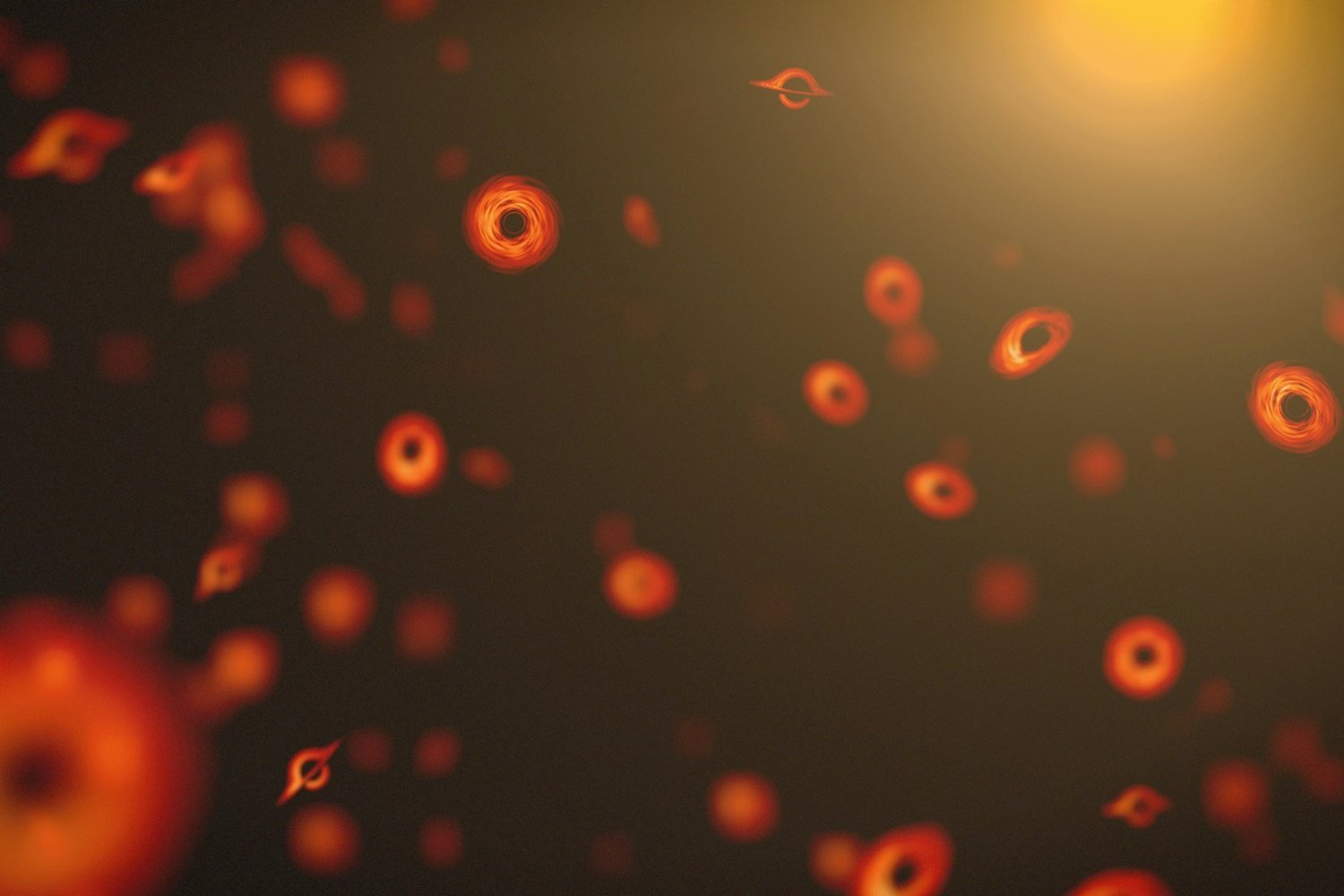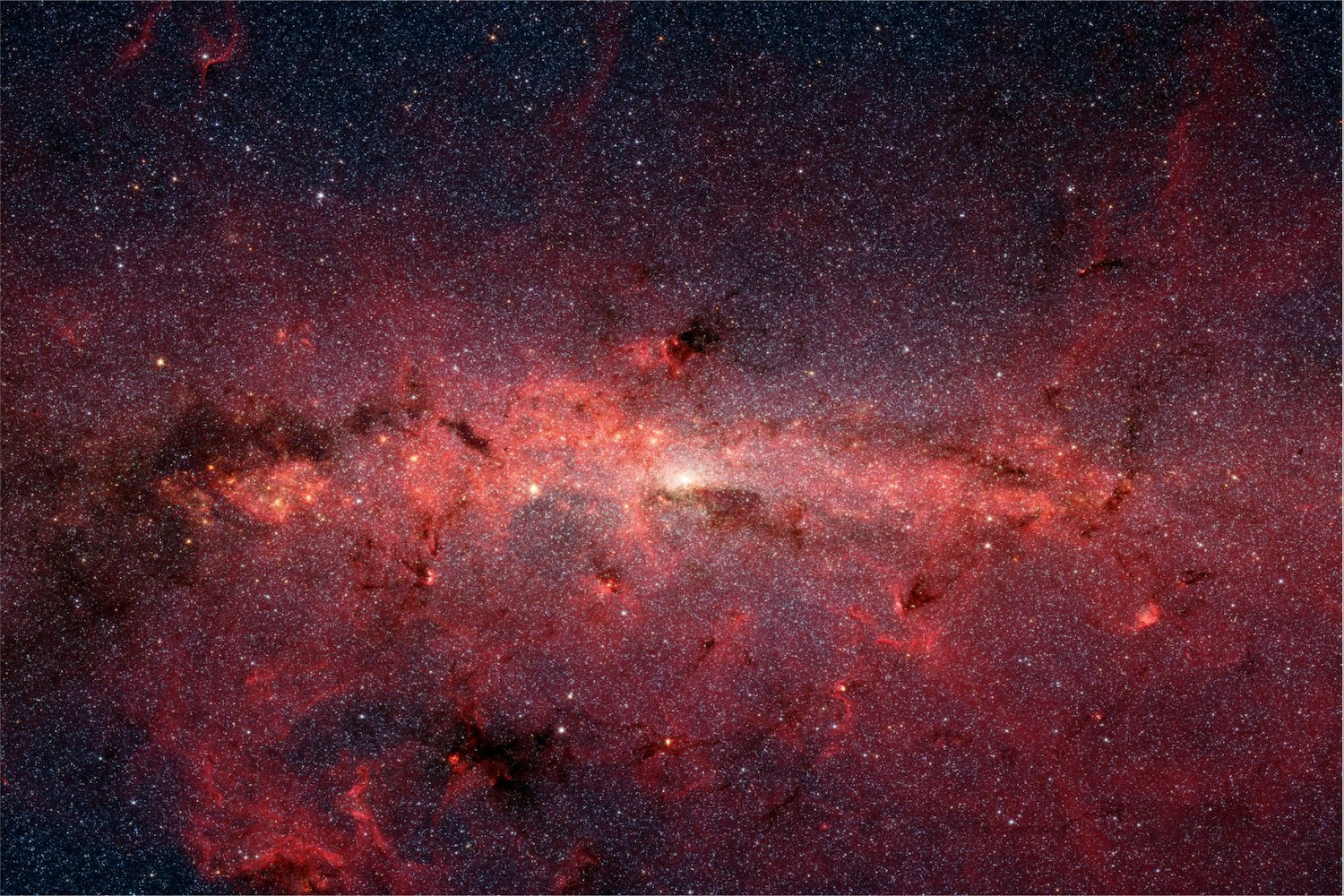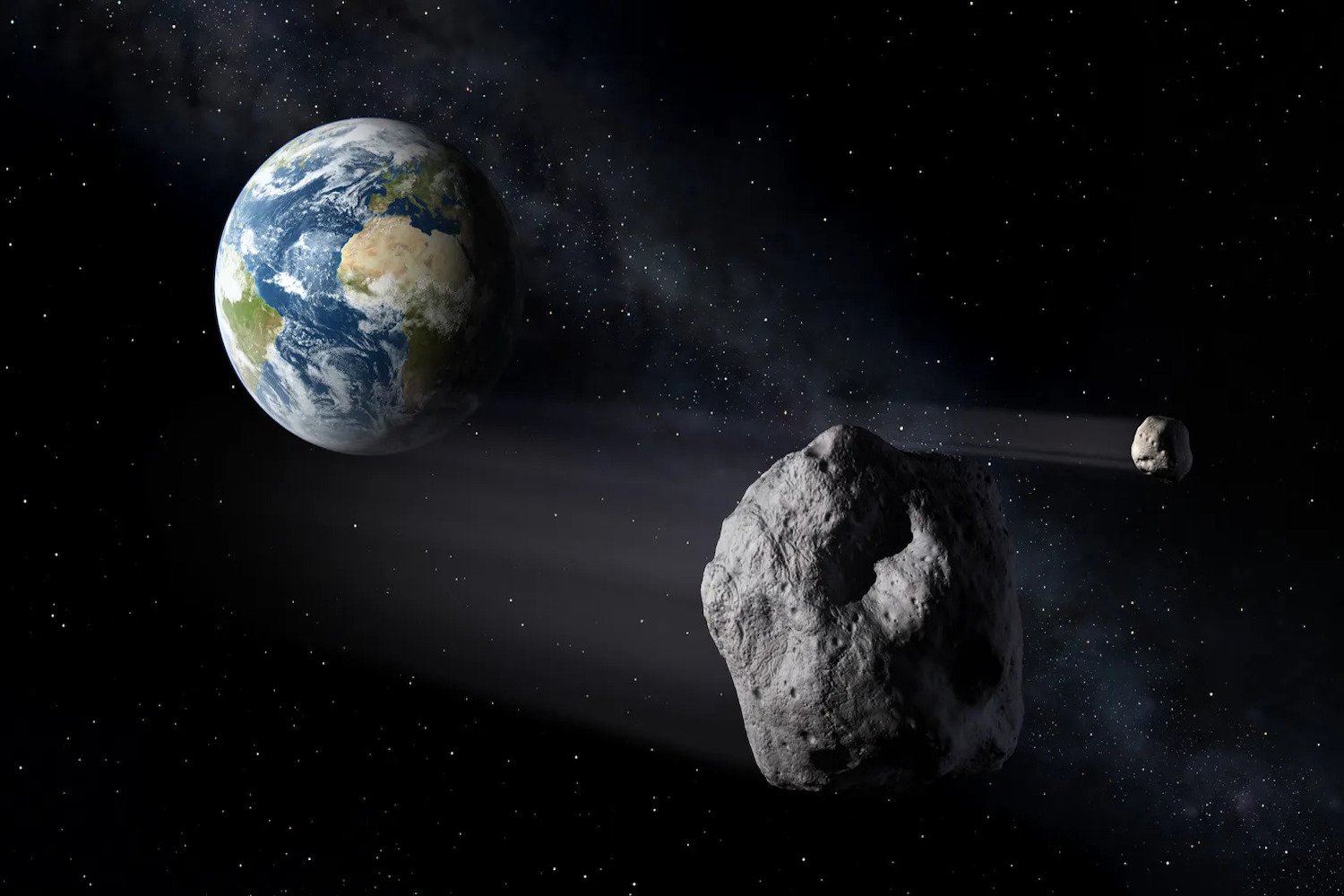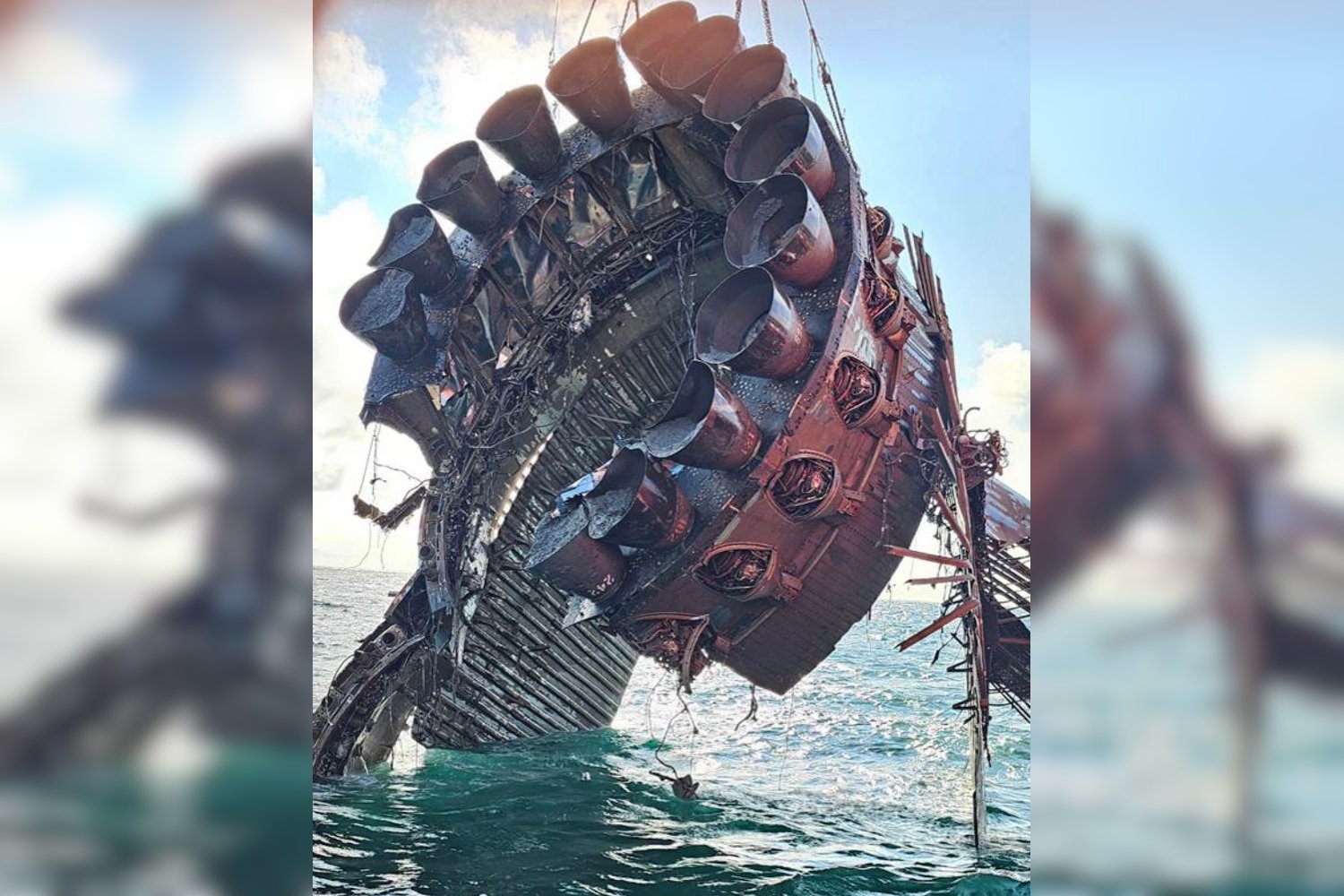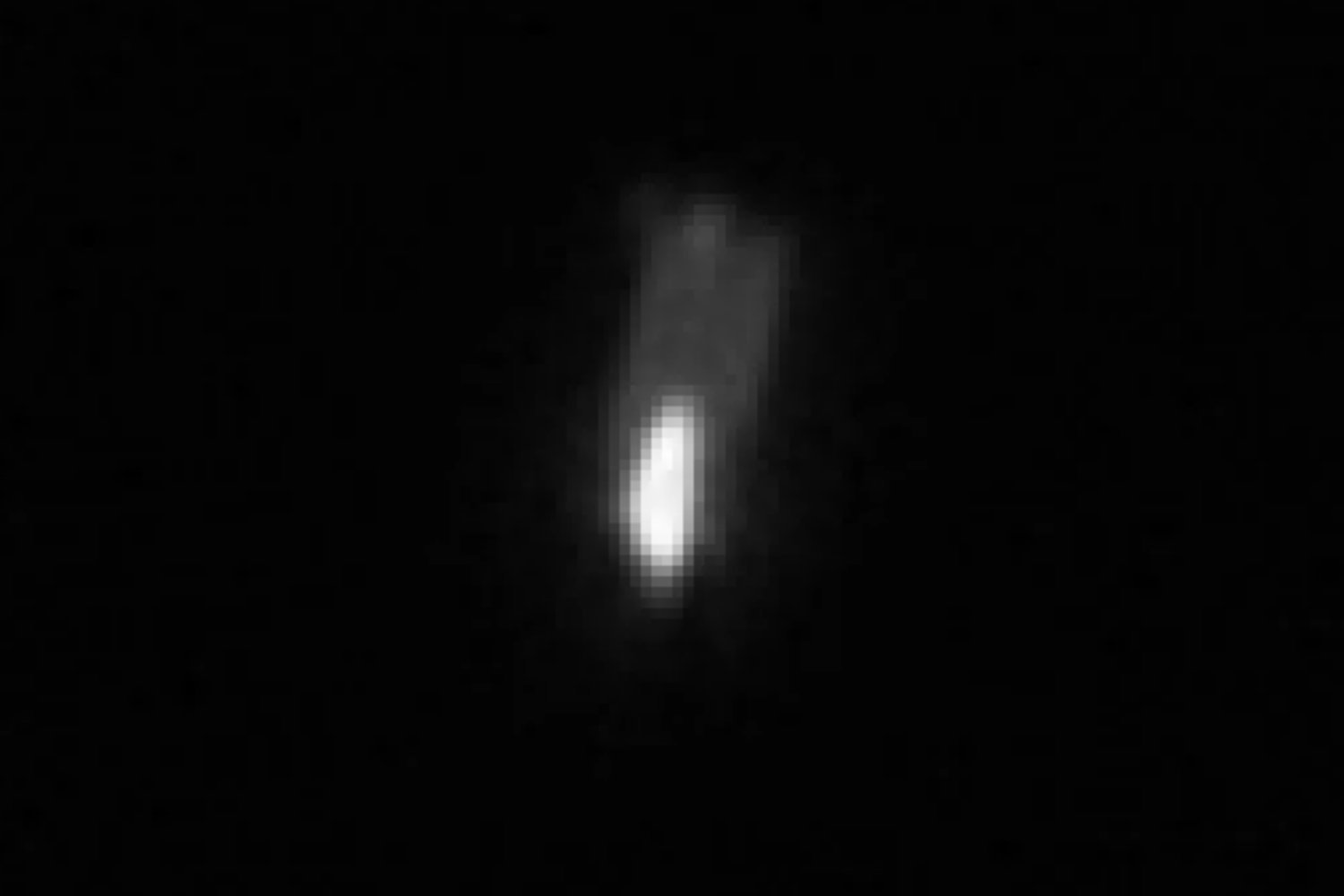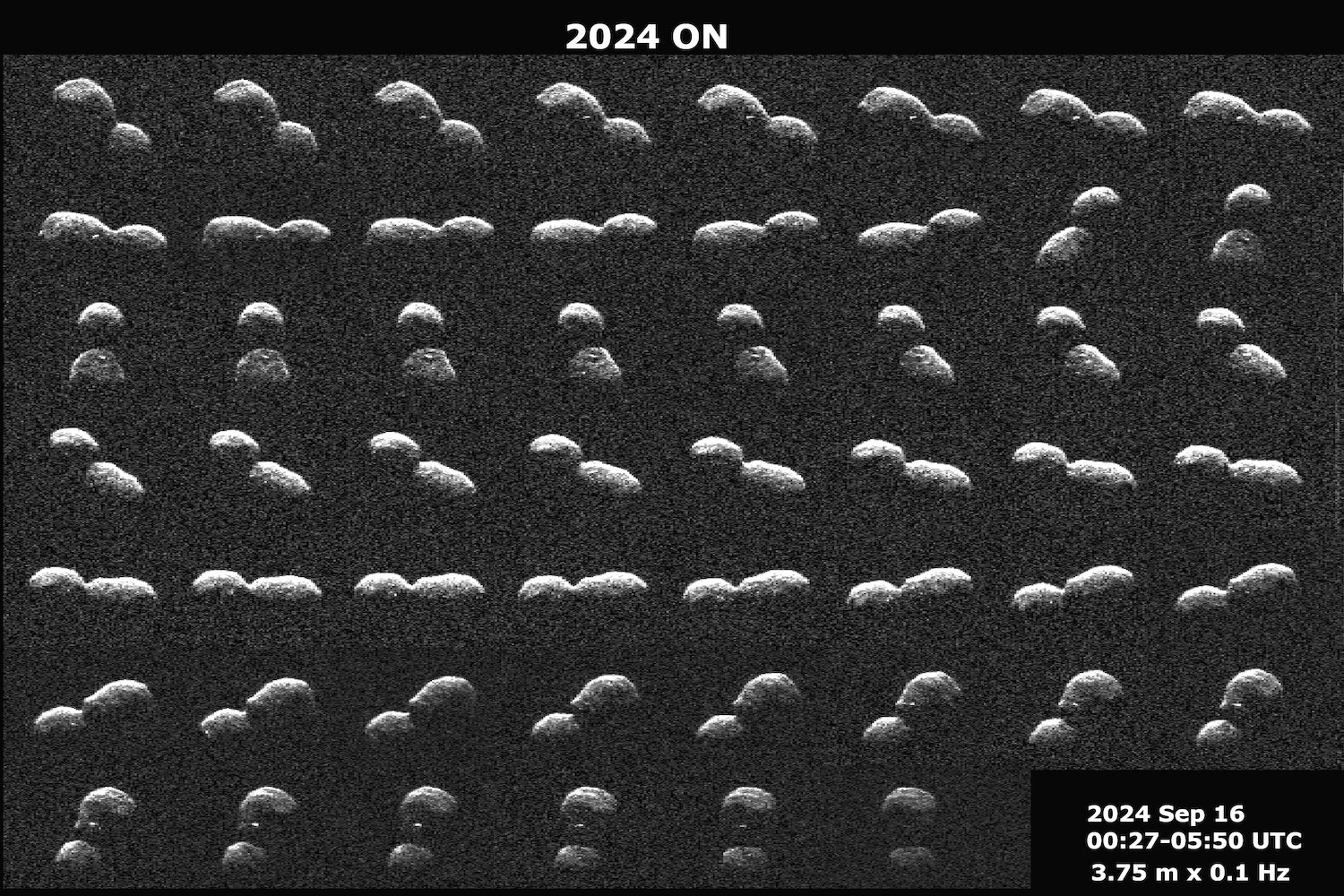Perseverance, NASA’s tireless Mars rover, has made another intriguing discovery during its exploration of the Jezero Crater: a uniquely patterned rock nicknamed “Freya Castle.” This unusual rock, spotted on September 13, 2021, stands out against the Martian landscape with its stark white color and distinctive black stripes, reminiscent of a zebra’s coat.
This peculiar rock, significantly smaller than its namesake in the Grand Canyon, measures a mere eight inches (20 centimeters) across. Its discovery has sparked curiosity and speculation among scientists and space enthusiasts alike. Located within the Jezero Crater, an area believed to have once held water, Freya Castle raises questions about its origins and composition.
The Geological Puzzle of Freya Castle
The rock’s striking appearance, unlike the surrounding bedrock, suggests a unique geological history. NASA scientists believe it likely tumbled downhill from the crater rim, where Perseverance is currently ascending. The leading theory, shared by online observers, suggests the rock might have undergone metamorphism – a process where intense heat and pressure transform rock. While NASA acknowledges limited knowledge of its composition, preliminary analysis indicates the rock’s zebra-like pattern might be igneous and/or metamorphic in origin.
The Future of Freya Castle and Martian Exploration
Unfortunately, Freya Castle is too large for Perseverance to collect as a sample for the planned Mars Sample Return mission, which itself has faced logistical and budgetary challenges. This limits the opportunity for in-depth analysis back on Earth. However, as Perseverance continues its climb towards the crater rim, the prospect of finding similar rocks remains a possibility, offering further insights into Mars’ geological past.
Beyond Zebra Stripes: Other Martian Wonders
Freya Castle, while visually captivating, is not the only intriguing rock Perseverance has encountered. In July 2021, the rover discovered a rock with “leopard spots,” potentially indicating past microbial life on Mars. This underscores the rover’s ongoing mission to uncover signs of past life and further our understanding of the red planet’s complex history.
Conclusion: The Allure of Martian Geology
While the “zebra rock” may not hold the same weight as potential evidence of extraterrestrial life, it still offers valuable clues about Mars’ geological processes. Its discovery adds to the growing body of knowledge gathered by Perseverance, further fueling our fascination with the red planet and the mysteries it holds. The unexpected beauty and intrigue of Freya Castle serve as a reminder of the ongoing scientific discoveries and the captivating wonders awaiting us on Mars.



